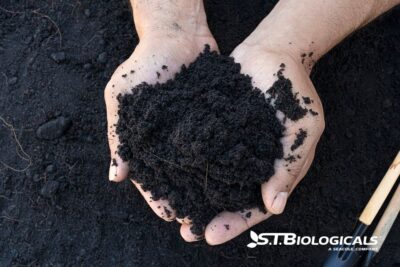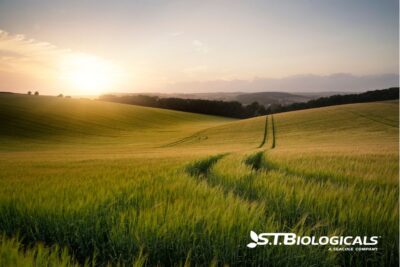In today’s large fields and with the latest AI and drone technology, you can use foliar sprays to combat micronutrient deficiencies with much higher precision.
Drones and AI technology offer a precise and efficient solution for foliar nutrient management. Foliar applications bypass soil limitations, delivering micronutrients such as zinc, boron, manganese, and potassium directly to the plant.
Use Drones to Field Scout
Drones equipped with Normalized Difference Vegetation Index (NDVI) imaging can detect deficiencies before symptoms appear and provide color-coded maps that highlight stressed areas. This allows you to target your foliar spraying to optimize nutrient uptake.
NDVI compares reflected near-infrared radiation (NIR) and visible light to determine plant health. Healthy plants reflect more NIR and absorb more visible red light, whereas stressed or deficient plants reflect less NIR. Less NIR indicates issues including drought stress, nutrient deficiencies, and disease.
Use AI Technology to for Precise Foliar Spraying
AI-driven variable rate technology (VRT) with drones enables precision spraying of micronutrients by adjusting application rates based on real-time crop health data. Precision spraying is possible because drones can adjust spray volume and concentration dynamically, ensuring micronutrients are applied only where needed, reducing waste and improving efficiency.
With AI, your foliar feeding program adapts to real-time data. You can deliver liquid micronutrient formulations efficiently, bypass soil limitations, and ensure nutrients are rapidly absorbed by plant vegetation. There are no compaction issues from heavy machinery, and any areas of special concern can be handled from the air.
The Innovative Future of Ag
It is an amazing time to be in agriculture. As new technology becomes more precise, the days of crop scouting by walking the fields may be coming to an end. We think it is the dawning of a new way of producing crops. As this new technology becomes more prevalent, we also think regenerative agricultural practices will be necessary and easier to implement.
Look out for drought this summer and see how regenerative ag practices can mitigate much of the damage inflicted by heat stress. The soil retains more moisture and stays cooler under cover crops.
Adaptive grazing of livestock, even during drought, improves soil structure and nutrient cycling, so micronutrient deficiencies can become a thing of the past. The plants will deposit any excess micronutrients into the soil. Soil microbiology will convert it into fuel and further improve soil fertility.
The future of ag is the merging of ancient (soil microbiology) with modern (drones and AI) for a highly effective agriculture. You can maintain crop health, even under drought stress, by ensuring plants receive essential nutrients at critical growth stages. You have help in the air and under your feet.
Ready to innovate at your operation? Get in touch with the ST Biologicals mentors. We’re here to help you succeed. When soil speaks, we listen.

